
And a closer shot in BW
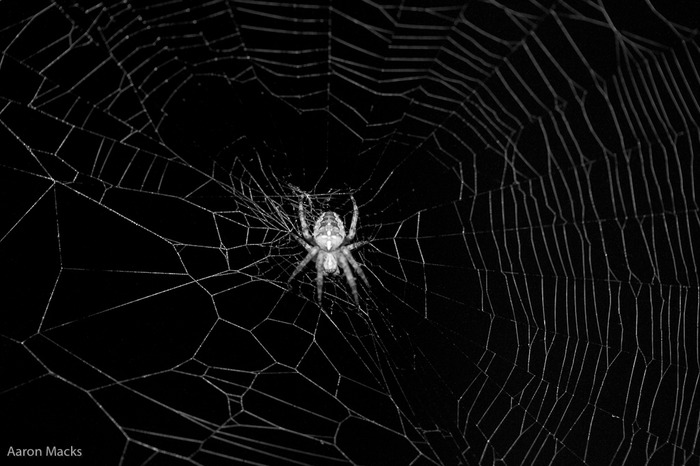
More are available
A


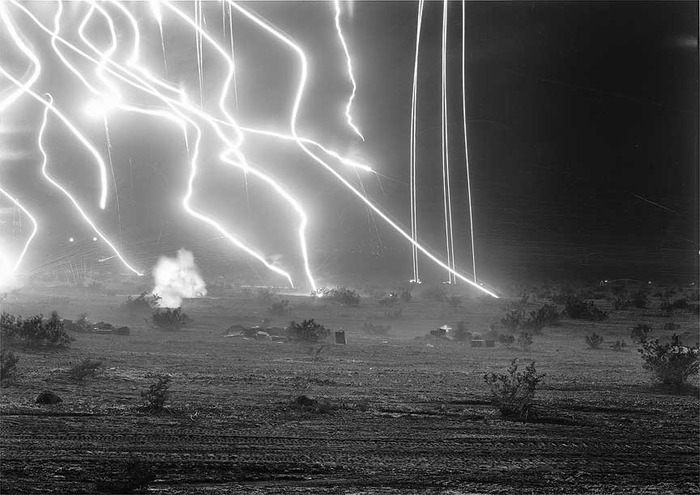
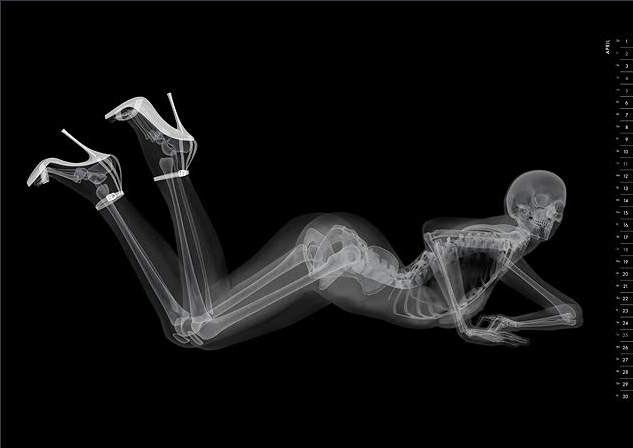
An additional factor is that the reading of line 2 as tab-ša 'you are' is problematic. The traces of the signs as copied don't conform well to the reading. If the tablet was written in Amarna Canaano-Akkadian (which is not certain given the fragmentary state of the text), the reading is also unlikely grammatically: all examples of the verb bašû listed in the Knudtzon glossary are based on the durative ibašši, none on the preterite ibši; further, 1st- and 2nd-person forms of bašû in such Amarna texts are what are called mixed forms: the base is the durative ibašši but the person is marked by suffixes, as in i-ba-ša-ta 'you are' in EA 73:40. So I doubt that line two has a form meaning 'you are'; and that leaves us even less on which to judge what type of text it is.

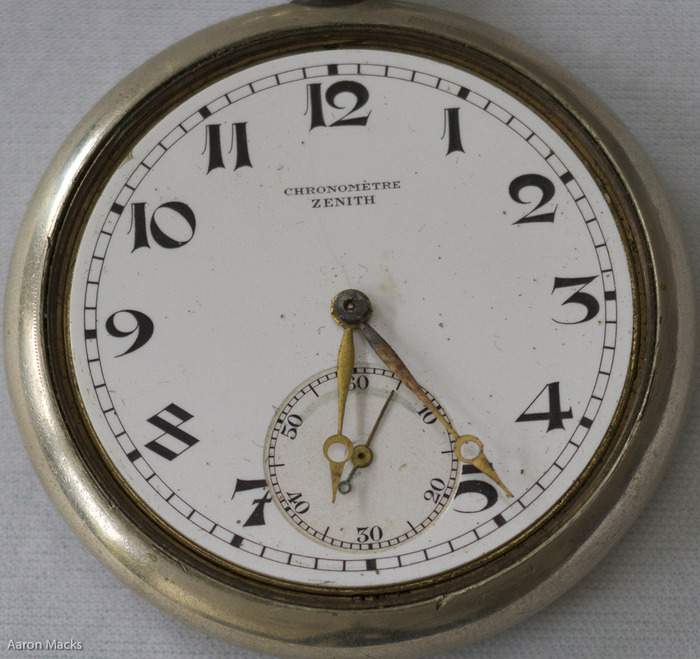
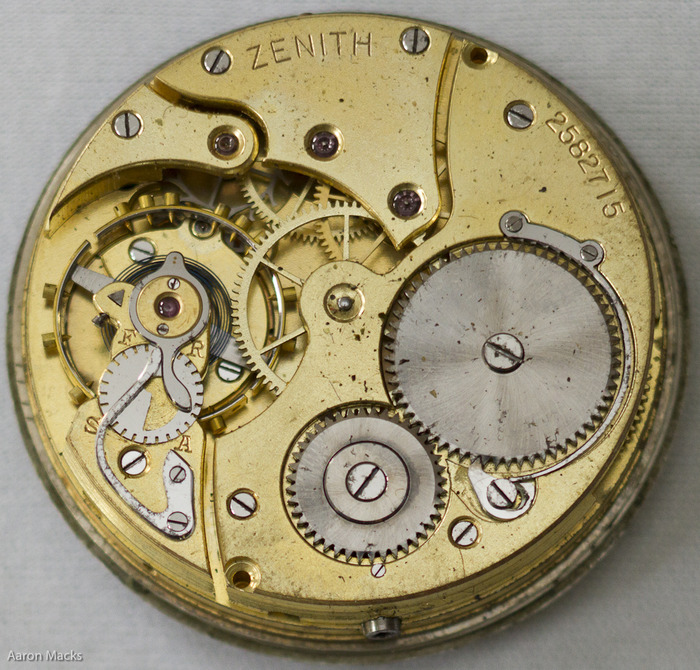
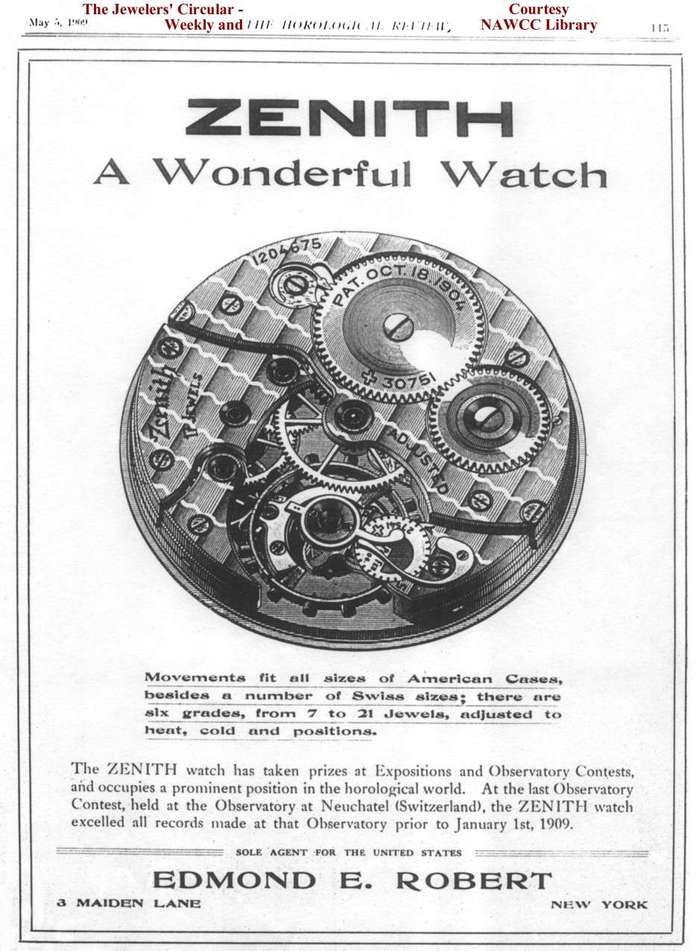
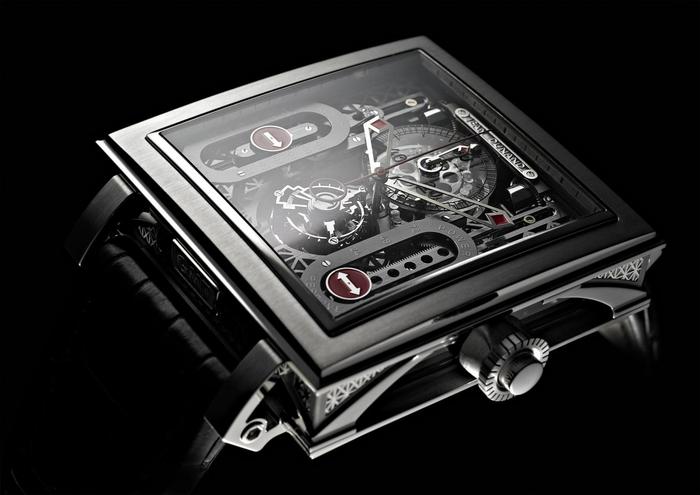
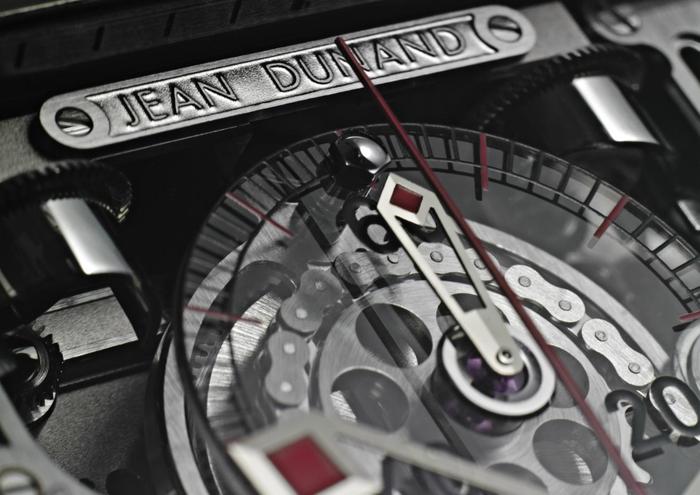
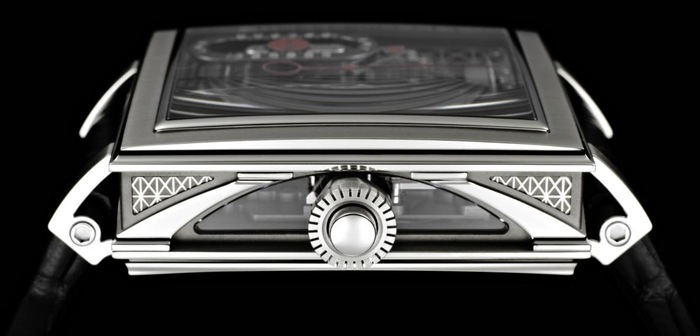
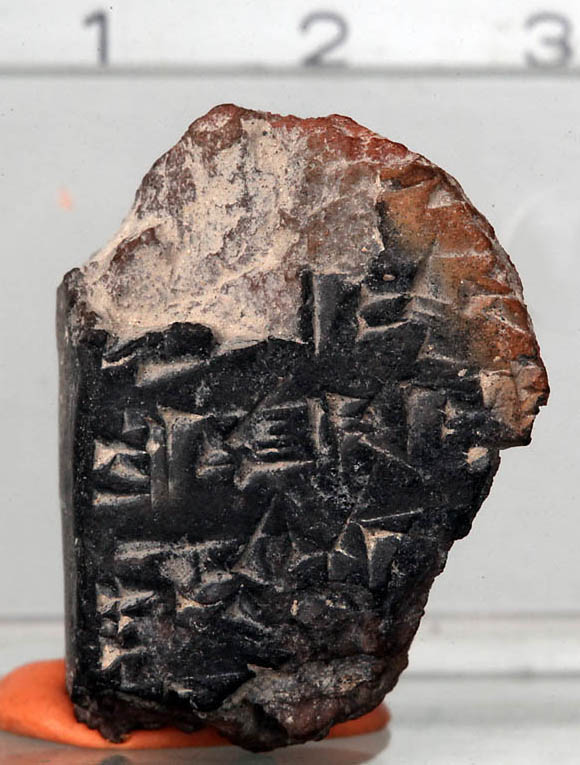
the symbols appear to be insignificant, containing simply the words "you," "you were," "them," "to do," and "later," the high quality of the writing indicates that it was written by a highly skilled scribe.
An HDR shot of the recent eruption of the Eyjafjallajökull volcano in Iceland by Tony Prower.
(source)
A
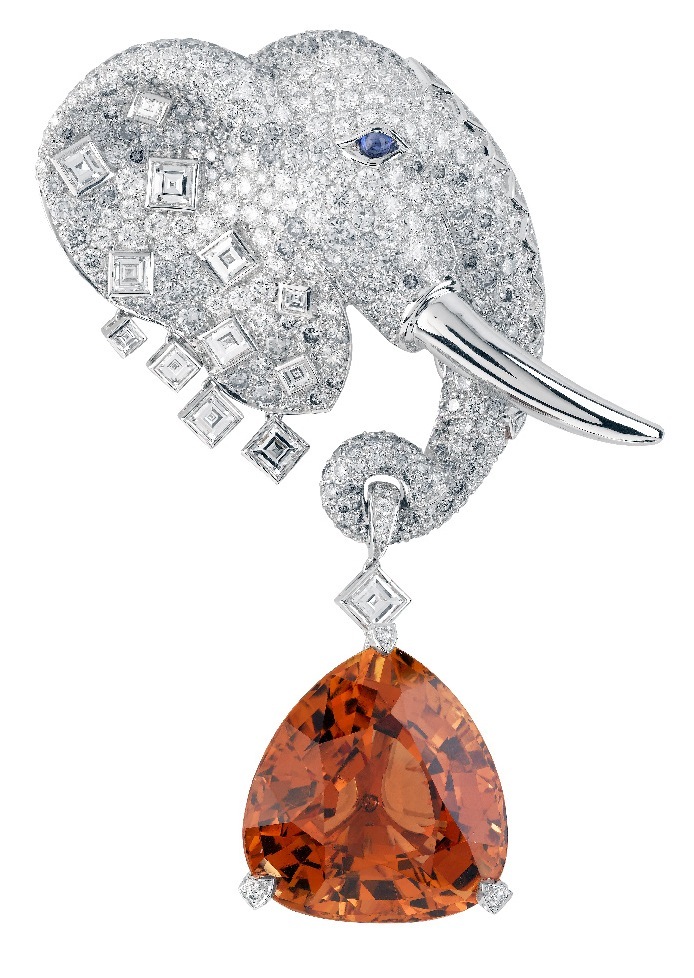
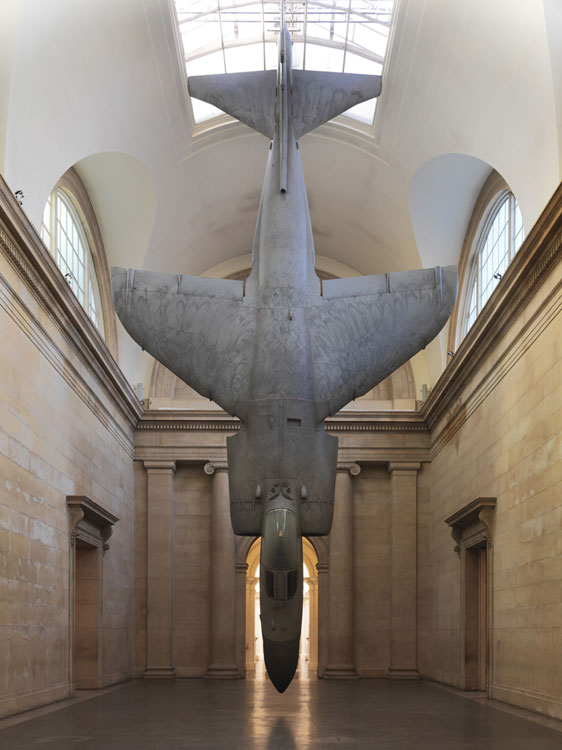
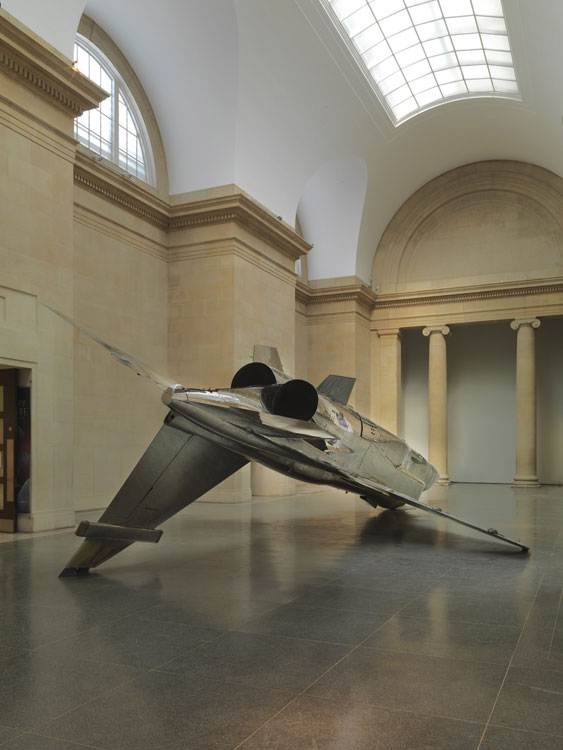 (source)
(source) 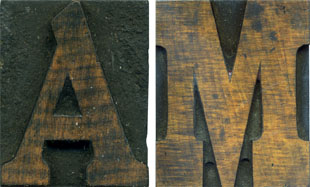
I realize that I presented Louis Vuitton's second jewelry collection without presenting their first. Also by Lorenz Baumer, L'Ame du Voyage (the soul of travel) consists of a series of openwork necklaces in gold and set with multi-colored stones. It was revealed in the mid fall of 2009 and there was even a bit of video for it, with Mr. Baumer describing his concept and design process for the collection in French and some excellent close-ups of the pieces showing the LV-patterned openwork.
(source)
Five of the necklaces follow. All are 18k gold, pink, white or yellow and are set with diamonds and some of the following: Yellow, Blue and Papradasha Sapphires, Rubies, Spinels, Aquamarine and/or Tsavorite Garnet.
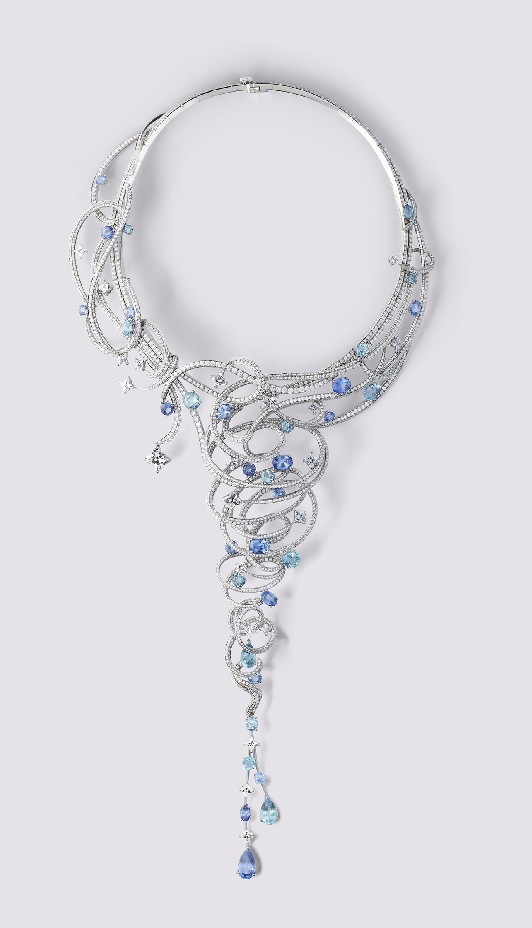
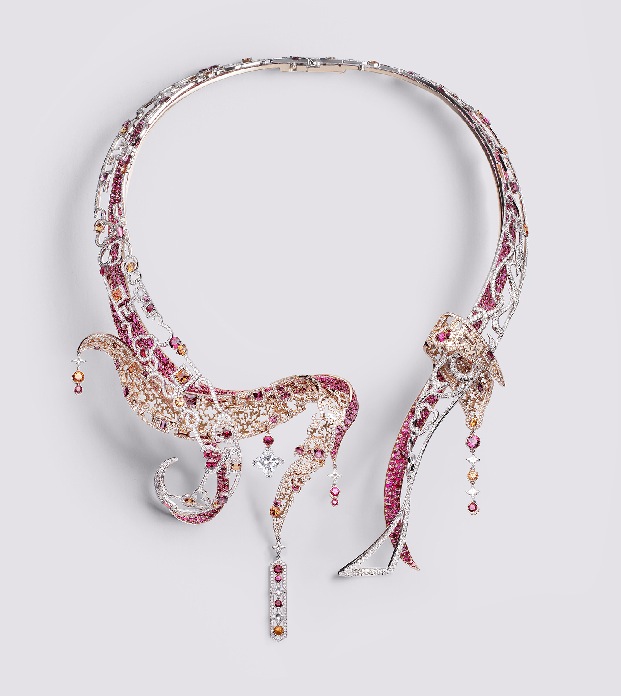
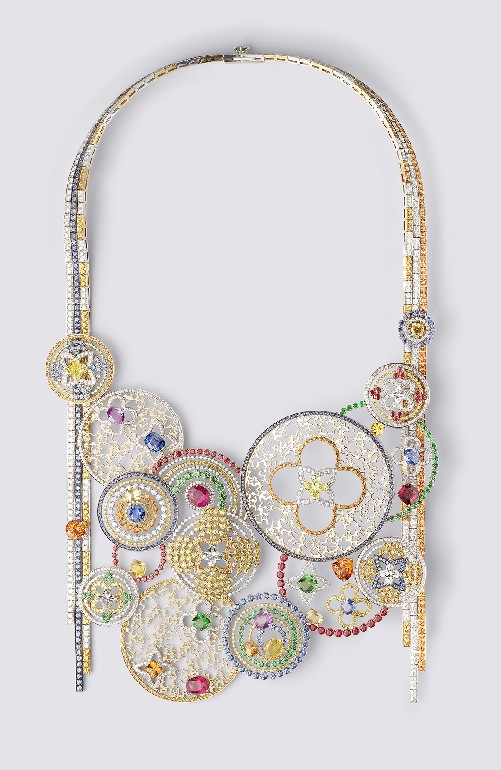

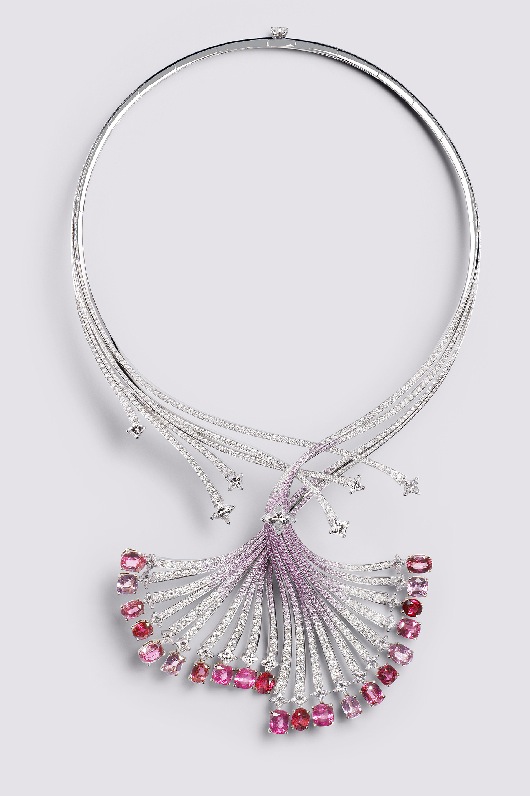
A